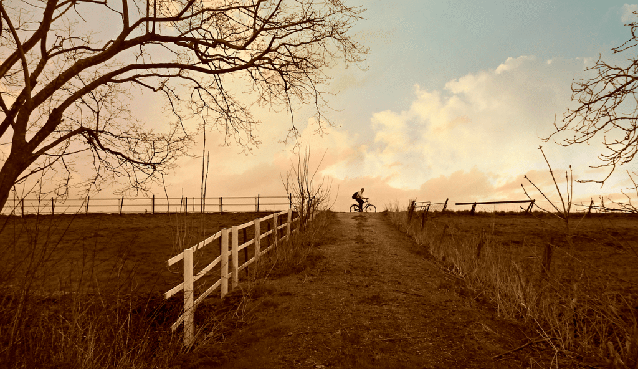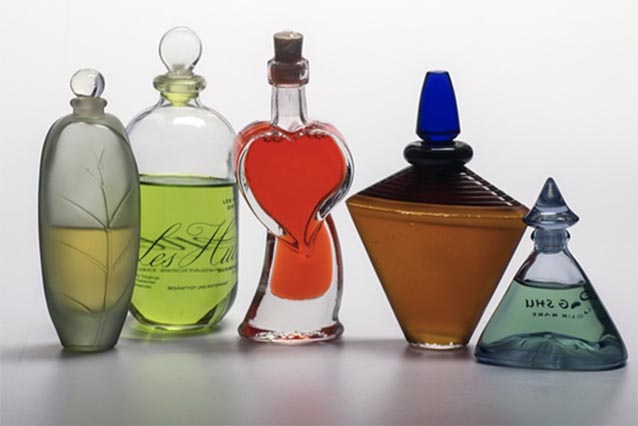A P.E.A.C.E. Perspective on Practical Problems
Taking Responsibility: Boundaries
Last time we explored being our authentic selves. Taking responsibility for ourselves and others is another aspect of authenticity. Here we explore both visible and invisible aspects of taking responsibility for ourselves: setting or recognizing boundaries, personal space, and problem solving.variances, neurodiversity, gender, ethnic and individual identity.

Personal Space Boundaries
Several years ago, I was supervising student teachers in a Head Start classroom. One day, early on with the placement, I was having a conversation with the teacher after the children had gone home. As we were talking, the teacher took a step or two backward. I followed by stepping forward. Then she did it again, and so did I. After her backing up a third time, I realized that was her preferred personal space. I stopped moving and we finished our conversation. I realized that she needed/wanted three to four feet of space. I observed her keeping that distance from the other adults also. From then on, for the rest of the semester, we talked comfortably from a distance.
— M. Shelton

Taking Responsibility for Invisible Problem
Last year, when I was at a P.E.A.C.E. retreat, I walked into a bathroom. There was a sign on the wall. “Please do not use perfumes, as some people may be allergic.” And the sign was above a container of air freshener! I had two thoughts. One, there was hope I could stay in the building, and two, I needed to get out of the bathroom. Quickly.
I was very grateful that the person in charge was willing to work with me, and they rewashed the smelly sheets on my bed. It was better. Changing laundry detergent to unscented detergent solved the problem for now and for future years. Another situation that I ran into was the proliferation of plug-in air-fresheners. I discovered that the air fresheners made grading papers nearly impossible, as the smell would permeate the student’s binders. To solve this problem, I put a sentence into my syllabi, that if their binder smelled like air freshener, they had a choice as I would not grade their binder if I could not breathe. They could either submit the entire binder online, or they could reprint the binder on fresh paper. I discovered that the students preferred just submitting the binder electronically and that solved the problem.

I rent rooms in my house to international graduate students at a rate that is low enough so that it covers my expenses and allows the renters to eat more than rice and beans. I have developed a list of what they can or cannot use and try to get them to understand that they have to follow my rules or go spend twice as much on an apartment somewhere else. I have learned that there is a fairly steep learning curve, since people do not know they actually smell when using scented laundry detergent, that they are so used to the smell that their olfactory organs no longer recognize the smell. It takes a few days where I and my renters are miserable. And suddenly, they start to be able to smell what I can smell and are amazed at how strong their perfumes were smelling. Scented shampoo, soap, laundry detergent, deodorant all often have added smells to cover natural smells that the marketing world has convinced the populace that we should smell like a bouquet of roses. I had one student that thought she could use scented dryer sheets when I was asleep. I still must breathe when I sleep. She just didn’t understand the extent of the problem, and I woke up swollen in the morning. Unfortunately, she just didn’t or wasn’t willing to work with me, so she found another place to rent. I must take care of myself first.
— D. Satterlee
Query to Ponder: If you have friends or family members with issues around scented products, is it your responsibility to use unscented products?
Responsibility: Welcoming All to the Table

Recently, I was at a social gathering chatting with a friend when someone came over to us, sat down and immediately interrupted our conversation. Although I was right there, he never made eye contact with me, never included me in what he was telling my friend, and even spoke so softly that I could not hear him. I felt invisible. And, later, I realized that this experience was an opportunity for me to examine my feelings and thoughts about being “excluded.” What happens to us when we feel excluded? How is our need for belonging compromised? How is our sense of safety threatened? How does power fit into the dynamic? Finally, what is my role and responsibility in creating a sense of belonging and safety in the lives I touch?
One of my life goals is to help build inclusive communities. When focusing upon this goal, I ponder my responsibility as related to inclusion and exclusion of others, and also in the use of rules and boundary setting as they relate to inclusion. I have noticed that in the groups to which I belong, and most others, there are visible and invisible boundaries and rules for social interactions. An adult example I can describe is from the café where I have breakfast. The invisible rule there is “No talk of politics.” When a newcomer joins us eating at the counter, and opens a political topic, everyone goes quiet. If the newcomer continues… then someone states, “At the Red Moose, we do not discuss politics.” Clearly, at the Red Moose, those in the inner circle know the invisible rule… the rule that keeps everyone safe. And, therefore, it is their responsibility, in maintaining the safety of the group, to share the invisible, unwritten, rule with the newcomer. By not knowing the invisible rule, the newcomer will feel excluded, powerless, possibly unsafe, and maybe even create an unsafe environment for those at the counter.
So, as early educators, working to create safe environments, how can we think about our responsibility to open up “seats at the table,” to include everyone? Before retirement, I was an adult leader in early education settings with grownups and/or children. In light of thinking about this question, I re-visited my work in structured community building. The first weeks of school, or during a first meeting of adults, we practiced building community by “inviting everyone to the table.” We learned names, we participated all together in group activities such as eating and discussions, we opened the group circle to include everyone inside it, and we built our common “Agreements” of our expectations of being with one another. These agreements are built collaboratively around the goal that our group and its setting are to be “safe and secure” places for all. To that end, the group develops its own written agreements, including the visible and invisible rules and boundaries. The document of agreements is a living document… that is, it will be adjusted and added to, as the group evolves over time. It is the responsibility of the leaders to suggest, teach, and practice strategies to share power and manage conflicts that may arise so that the group finds safety and harmony. By addressing the visible and invisible, true community is built around safety and everyone is welcome at the table. — S. Hopkins
NOTE: We chose “Dear Olive Branch” as the title for this column for several reasons — foremost as a sign of peace. Also, olives come in many colors, sizes, tastes, uses — a sign of diversity just as there are many types of questions and those who send the questions. We hope “Olive’s” responses will help you, the reader. If you have a question for Olive use our contact form.Suggest Olive’s Next Topic
Please submit your ideas through our contact form. Please put OLIVE BRANCH in the subject line. Word range: 150 – 300 words.


